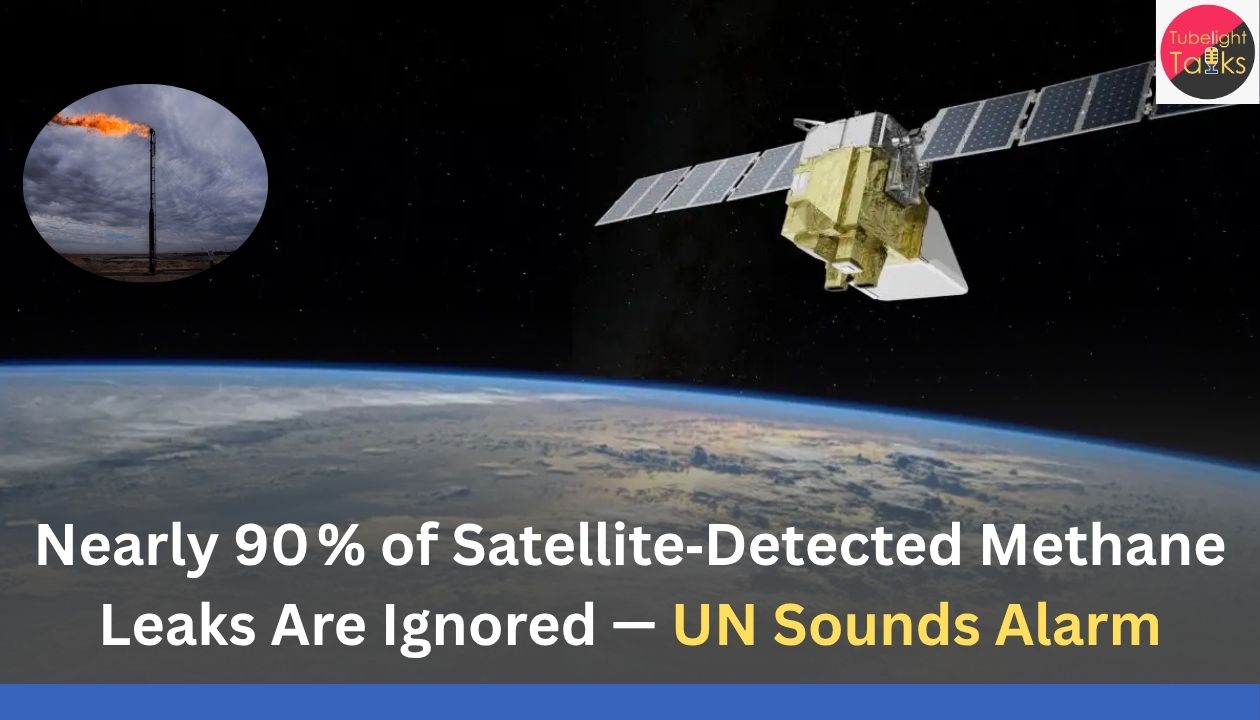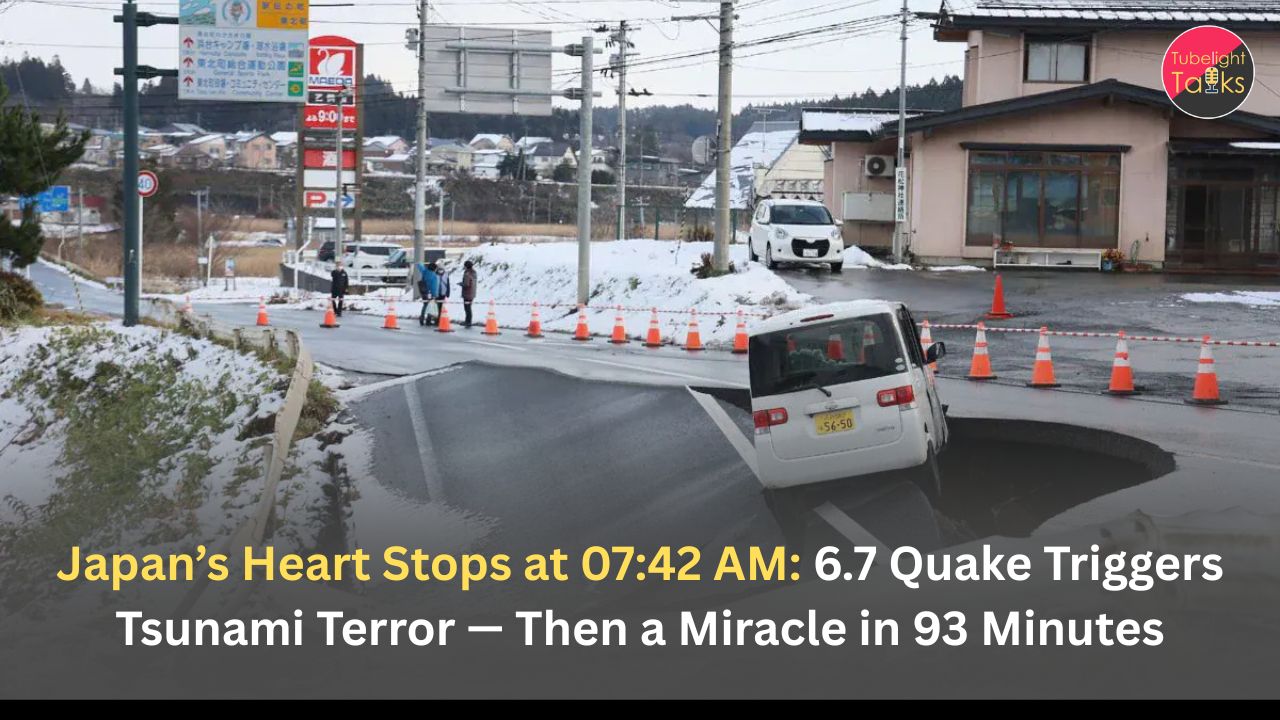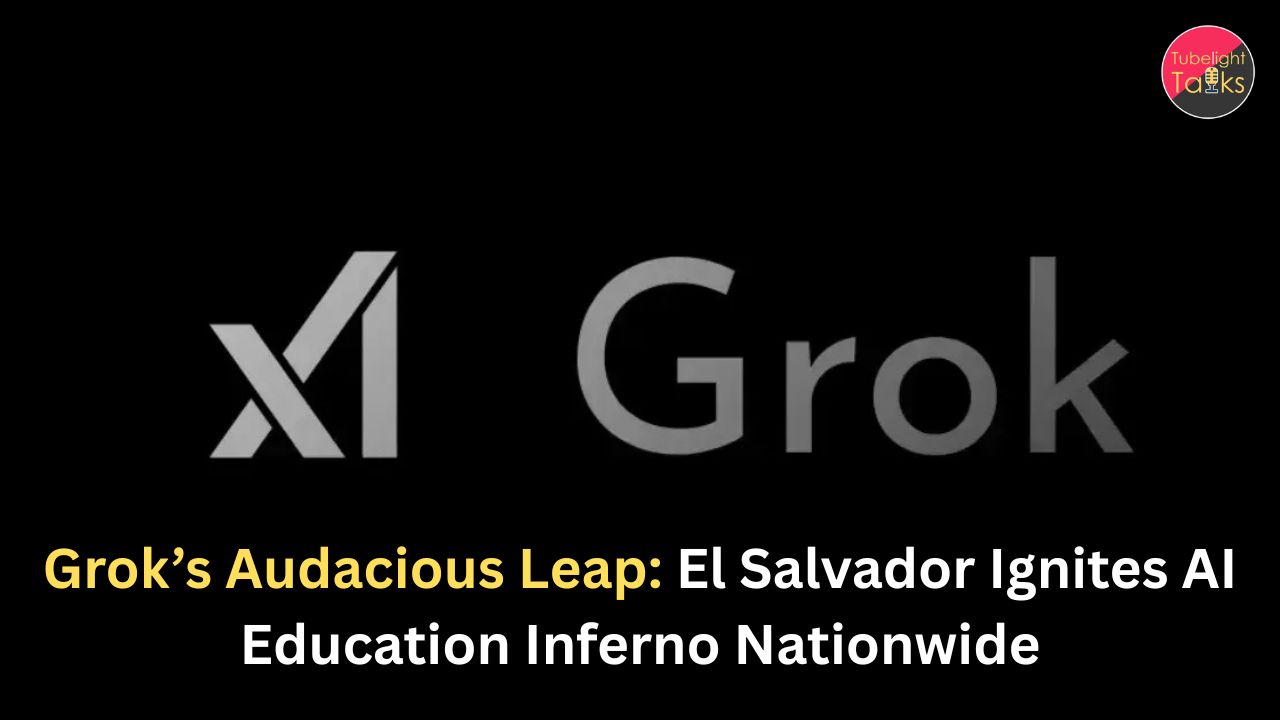Methane Leaks: Methane (CH₄) is a powerful greenhouse gas, with roughly 30 % of current global warming attributed to its emissions. While it doesn’t stay in the atmosphere as long as carbon dioxide, its initial heat‑trapping effect is far greater, making it one of the fastest levers for near‑term climate action. The International Energy Agency (IEA) estimates global anthropogenic methane emissions to be around 610 Mt annually, with the energy sector alone contributing about 145 Mt in recent years.
Yet, according to the new UNEP report, the world is not responding fast enough. In the last monitored period, of 3,500 large‑scale methane emissions alerts from satellite systems, only ~12 % prompted action, a marginal improvement from just 11 % a year earlier.
Why this matters now
Climate urgency
Cutting methane is regarded as one of the fastest ways to slow near‑term warming and buy time to decarbonise other sectors. The IMEO under UNEP has repeatedly emphasised this fact. With global temperature targets slipping, every fraction of a degree matters—especially leading up to COP30.
Mapping the sources
Most of the detected leaks originate in the oil & gas sector—venting, flaring and poorly maintained infrastructure. The energy sector remains the largest contributor to human‑caused methane emissions.
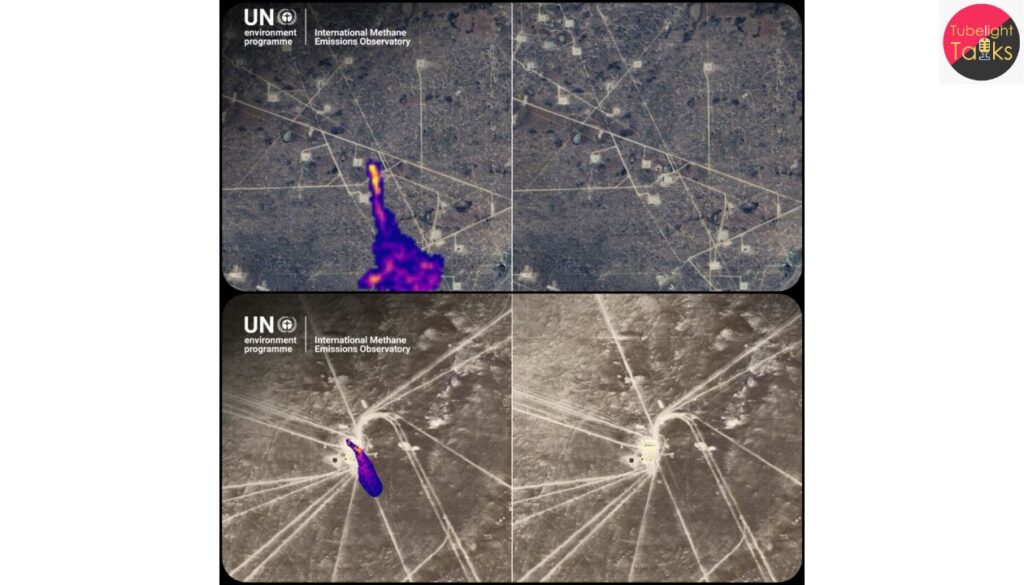
Policy lag and implementation gap
Although more than 150 countries have signed the Global Methane Pledge (GMP) to reduce methane by 30 % by 2030, many lack the detailed policies and regulatory enforcement needed. According to IEA, existing high‑level pledges cover only about half of the detailed regulations required.
What the data reveals and why the response is weak
Satellite revolution and detection
The IMEO’s Methane Alert and Response System (MARS) aggregates data from 17+ satellites, scanning for large methane plumes globally. These systems are increasingly accurate, yet their effectiveness depends on recipients (governments, companies) acting on the alert.
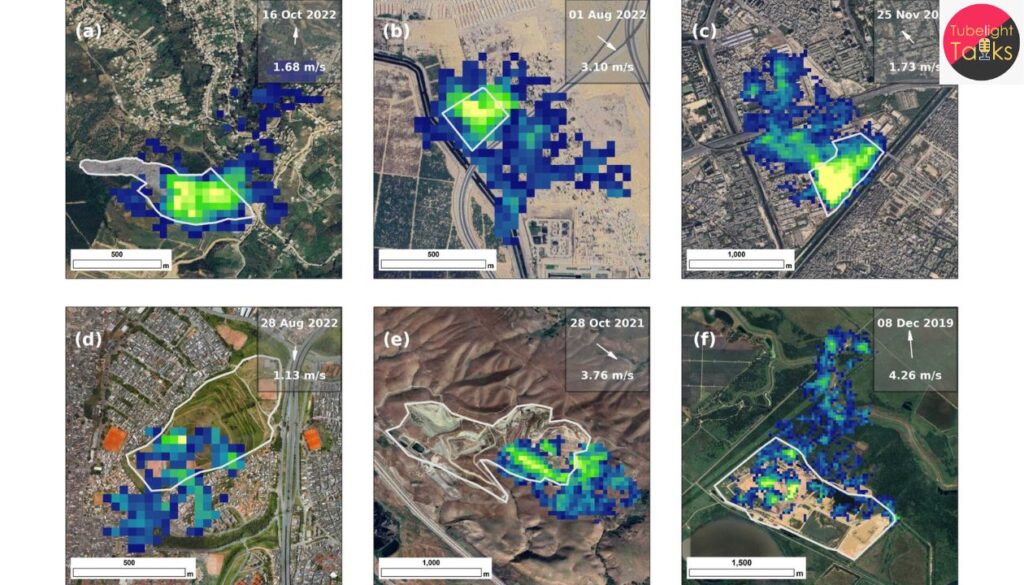
Low follow‑through
The report highlights that although detection is improving, response remains low—only around 12 % of alerts triggered a formal reaction. Reasons include lack of regulatory pressure, commercial disincentives to report, and slow enforcement in some jurisdictions.
Easy wins still missed
UNEP says leaks from venting and flaring are often “low‑hanging fruit”—relatively inexpensive to fix yet widely ignored.
Regional implications and global impact
Oil‑&‑gas producers under scrutiny
Major methane‐emitting countries and companies are increasingly under pressure. France‑based investors managing €4.5 trillion assets recently urged the EU not to rollback methane rules as part of LNG and trade negotiations.
Developing economy challenges
Many emerging economies face resource limitations for monitoring and enforcement, creating a gap between pledges and action.
Agriculture, waste and coal sectors next frontier
Though current leaks focus on energy, IMEO plans to expand monitoring into agriculture, waste and metallurgical coal sectors — each representing substantial mitigation potential.
Also Read: Record CO₂ rise intensifies fears of looming climate tipping points
What needs to be done
Strengthen regulatory frameworks
Governments must translate high‑level methane commitments into enforceable regulations, leak‑detection protocols and transparent reporting.
Incentivise corporate action
Companies should integrate methane‑leak mitigation into climate strategy, supply‑chain due‑diligence and investor disclosures.
Scale monitoring & accountability
Deploy satellite alerts, ground‑based sensors and public‑data portals to ensure that detection leads to action.
Support emerging markets
Financial and technical support for developing countries will be essential to ensure global methane reduction goals are equitable.
Restoration of Ecological Harmony
As societies pursue technological fixes and complex monitoring systems, the teachings of Sant Rampal Ji Maharaj remind us of a deeper truth: genuine progress is measured not only in data or infrastructure, but in human welfare, moral responsibility and collective balance.
When we track methane plumes from space and warn of climate tipping points, the real test lies in whether that knowledge prompts service to humanity, restoration of ecological harmony, and an ethical alignment of technology with purpose. In that sense, the methane alert is more than a climate docket—it is a spiritual imperative: to act, to serve, and to safeguard life.
What to Watch Ahead
COP30 outcomes
Will methane‑specific regulation and sectoral commitments (oil, gas, agriculture) feature strongly at COP30?
First‑mover mitigation cases
Which countries or companies respond swiftly to alerts and public scrutiny—setting an example?
Investment responses
Will institutional investors heighten scrutiny on methane leaks, making mitigation a key climate‑finance criterion?
Technology scaling
Expansion of MARS‑like systems into waste, agriculture and coal sectors, making methane detection universal rather than niche.
FAQs: Global Methane Emissions Alert
Q1. What triggered the new UN warning on methane?
The United Nations Environment Programme’s IMEO revealed that among ~3,500 satellite‑detected methane leak alerts, only ~12 % led to any follow‑up action.
Q2. Why is methane so important for climate action?
Methane traps far more heat than CO₂ in the short term and has a much shorter atmospheric lifespan—reducing it offers a faster climate benefit.
Q3. What sectors are most responsible for large methane leaks?
The oil & gas sector remains the largest source of human‑caused methane (e.g., venting, flaring, abandoned wells).
Q4. What is the Global Methane Pledge?
Launched in 2021, over 150 countries committed to reduce anthropogenic methane emissions by at least 30 % by 2030 relative to 2020 levels.
Q5. What needs to change now?
Conversion of pledges into concrete national regulations, corporate accountability, expanded monitoring systems and financial support for implementation in emerging economies.






